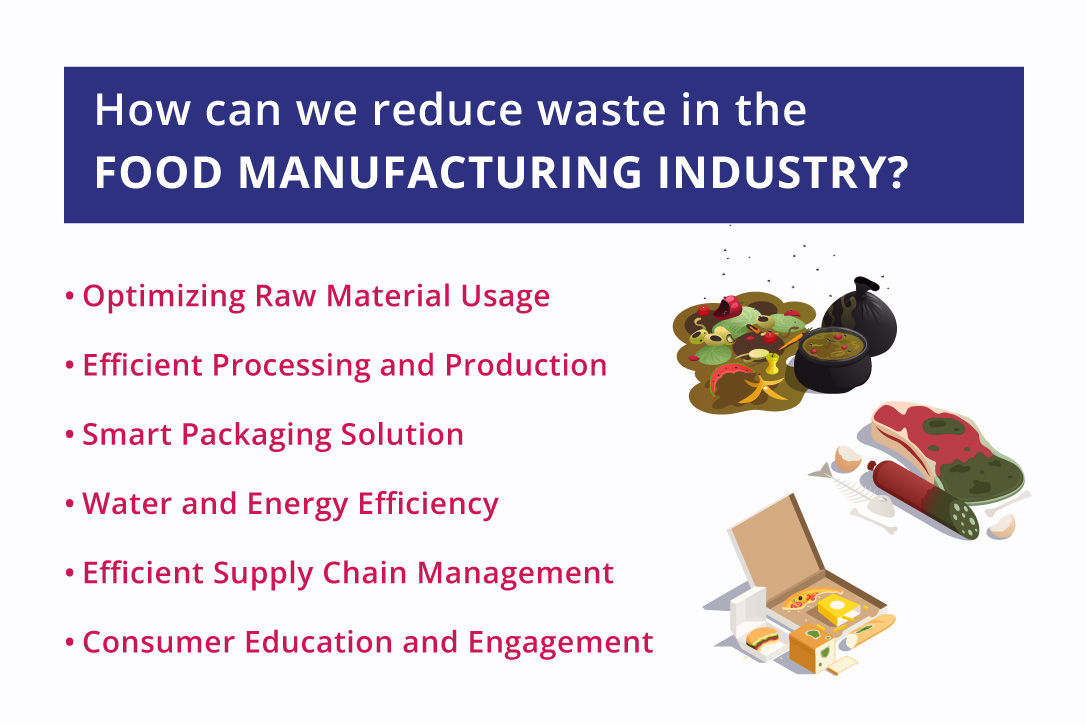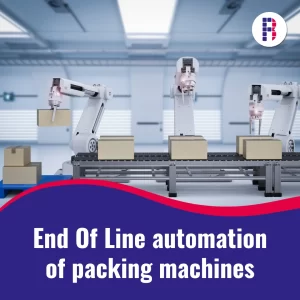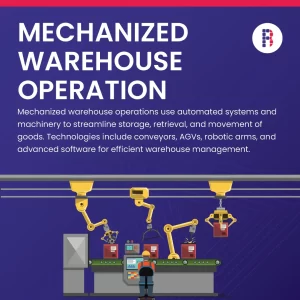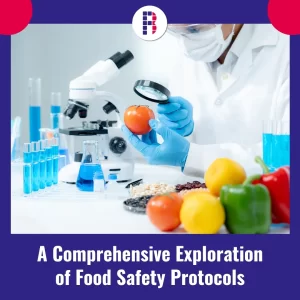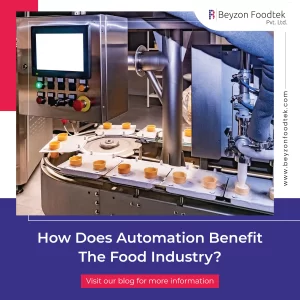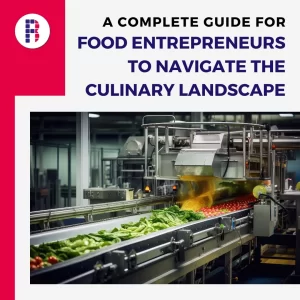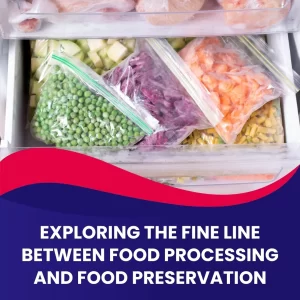Introduction
In a world where sustainability is at the forefront of global concerns, the food manufacturing industry faces a pressing challenge — waste. The journey of food from raw materials to the consumer’s plate is often accompanied by a significant amount of waste, impacting both the environment and the economic bottom line of businesses. In this in-depth guide, we will explore a myriad of strategies and practices that can be employed to minimize waste in the food manufacturing industry, paving the way for a more sustainable and efficient future.
Landscape of Food Manufacturing Waste
The first step towards reducing waste is understanding the diverse sources and types of waste in the food manufacturing process. This encompasses waste generated from raw material acquisition to the final packaging and distribution. Let’s understand into the key categories of waste:
- Raw Material Waste: At the inception of the food manufacturing process, raw materials such as fruits, vegetables, grains, and meats undergo processing. Waste in this category can stem from imperfect or damaged raw materials, surplus inventory, and inefficiencies in the supply chain.
- Processing and Production Waste: The manufacturing process itself contributes to waste through activities like trimming, peeling, and other processing stages. Defects in the production line, overproduction, and obsolete inventory further contribute to this type of waste.
- Packaging and Post-Production Waste: The final stages involve packaging the finished products for distribution. Here, packaging materials such as plastics, cardboard, and excess labeling contribute to waste. Additionally, unsold or expired products post-production contribute to the overall waste generated by the food manufacturing industry.
Strategies to Reduce Waste in Food Manufacturing
- Optimizing Raw Material Usage:
- Supplier Collaboration: Establishing strong relationships with suppliers is pivotal. Collaborate with suppliers to ensure the delivery of high-quality raw materials and develop systems for the return or repurposing of imperfect items.
- Precision Agriculture: Embrace precision agriculture techniques to optimize the cultivation and harvesting of raw materials. This includes monitoring soil health, utilizing data-driven insights, and implementing sustainable farming practices to reduce suboptimal crop occurrences.
- Inventory Management: Implement robust inventory management systems to prevent overstocking or understocking of raw materials. Regularly assess demand forecasts, adjust ordering quantities accordingly, and adopt a just-in-time approach to minimize excess inventory.
- Efficient Processing and Production:
- Lean Manufacturing Principles: Adopting lean manufacturing principles helps identify and eliminate non-value-added activities in the production process. This includes minimizing unnecessary movements, optimizing equipment usage, and improving overall production efficiency.
- Quality Control Measures: Implement stringent quality control measures to reduce defects and ensure that only products meeting quality standards move through the production line. This prevents the production of substandard goods that may contribute to waste.
- Employee Training: Provide comprehensive training to employees on waste reduction practices. This includes educating staff on the importance of minimizing errors, handling machinery efficiently, and following established protocols to avoid unnecessary waste generation.
- Smart Packaging Solutions:
- Recyclable and Biodegradable Materials: Transition to packaging materials that are recyclable or biodegradable. This not only reduces the environmental impact but also aligns with consumer preferences for sustainable and eco-friendly packaging.
- Right-Sizing Packaging: Optimize the size and design of packaging to minimize material usage. Avoid over-packaging and consider innovative packaging designs that maintain product integrity while using fewer materials.
- Packaging Waste Recycling Programs: Implement recycling programs for packaging waste within the manufacturing facility. This could involve setting up collection points for materials like cardboard, plastic, and glass, and establishing partnerships with recycling facilities.
- Water and Energy Efficiency:
- Water Recycling and Reuse: Implement water recycling systems to reduce water consumption in the production process. Treat and reuse water where possible, minimizing the environmental impact and lowering operational costs.
- Energy-Efficient Technologies: Invest in energy-efficient machinery and technologies to reduce overall energy consumption. This includes the use of energy-efficient lighting, machinery with advanced energy-saving features, and the implementation of renewable energy sources where feasible.
- By-Product Utilization:
- Waste-to-Energy Conversion: Explore waste-to-energy technologies that convert organic waste into energy. This not only reduces waste but also contributes to sustainable energy production, offering a dual benefit for the environment.
- Animal Feed and Composting: Consider repurposing food waste as animal feed or for composting. Collaborate with local farmers or composting facilities to divert organic waste from landfills, contributing to soil health and reducing methane emissions.
- Efficient Supply Chain Management:
- Collaborative Supply Chain Initiatives: Work collaboratively with suppliers, distributors, and retailers to streamline the supply chain. Efficient coordination reduces the likelihood of overstocking, prevents waste in transit, and ensures timely deliveries.
- Real-Time Data Analytics: Implement real-time data analytics tools to monitor and analyze supply chain activities. Predictive analytics can help optimize inventory levels, reduce transportation inefficiencies, and minimize the risk of perishable goods expiring before reaching the consumer.
- Consumer Education and Engagement:
- Transparent Labeling: Provide transparent and informative labeling to help consumers make informed choices. This includes expiration dates, storage instructions, and guidance on reducing food waste at the consumer level.
- Reduced Portion Sizes: Offer products in reduced portion sizes to align with changing consumer preferences and reduce the likelihood of excess food ending up as waste.
- Donation Programs: Establish partnerships with local charities or food banks to donate surplus but still edible food. This not only helps those in need but also minimizes the environmental impact of food waste.
Challenges and Future Outlook:
While the strategies outlined above offer promising avenues for waste reduction in the food manufacturing industry, it’s crucial to acknowledge the challenges and evolving trends in this space.
- Complex Supply Chains: Globalization has led to increasingly complex supply chains, making it challenging to implement uniform waste reduction practices across different regions. However, collaborative efforts and standardization initiatives can help overcome this challenge.
- Technological Advancements: The integration of advanced technologies, such as artificial intelligence, the Internet of Things (IoT), and blockchain, holds the potential to revolutionize waste reduction efforts. These technologies can provide real-time insights, enhance traceability, and optimize processes.
- Circular Economy Models: The concept of a circular economy, where products, materials, and resources are reused and recycled, is gaining traction. The food manufacturing industry can explore circular economy models to create a closed-loop system, minimizing waste and maximizing resource efficiency.
- Consumer Awareness: Increasing consumer awareness and demand for sustainable practices are driving changes in the industry. As consumers become more conscious of the environmental impact of their choices, food manufacturers are under pressure to adopt greener practices.
- Regulatory Landscape: Governments and regulatory bodies are increasingly focusing on waste reduction and sustainability. Businesses in the food manufacturing sector need to stay abreast of evolving regulations and proactively adapt their practices to comply with environmental standards.
Conclusion
In conclusion, reducing waste in the food manufacturing industry is not only a responsibility but an opportunity to create a more sustainable and resilient future. By implementing a combination of strategic practices, from optimizing raw material usage to embracing technological advancements, the industry can contribute to environmental conservation, cost savings, and enhanced consumer trust.
The journey towards waste reduction requires a collective effort from all stakeholders — from suppliers to consumers. As the industry navigates the challenges and embraces innovative solutions, the vision of a circular and sustainable food manufacturing ecosystem becomes increasingly attainable. By prioritizing waste reduction, the food manufacturing industry can not only thrive economically but also play a pivotal role in building a more sustainable and mindful world.
